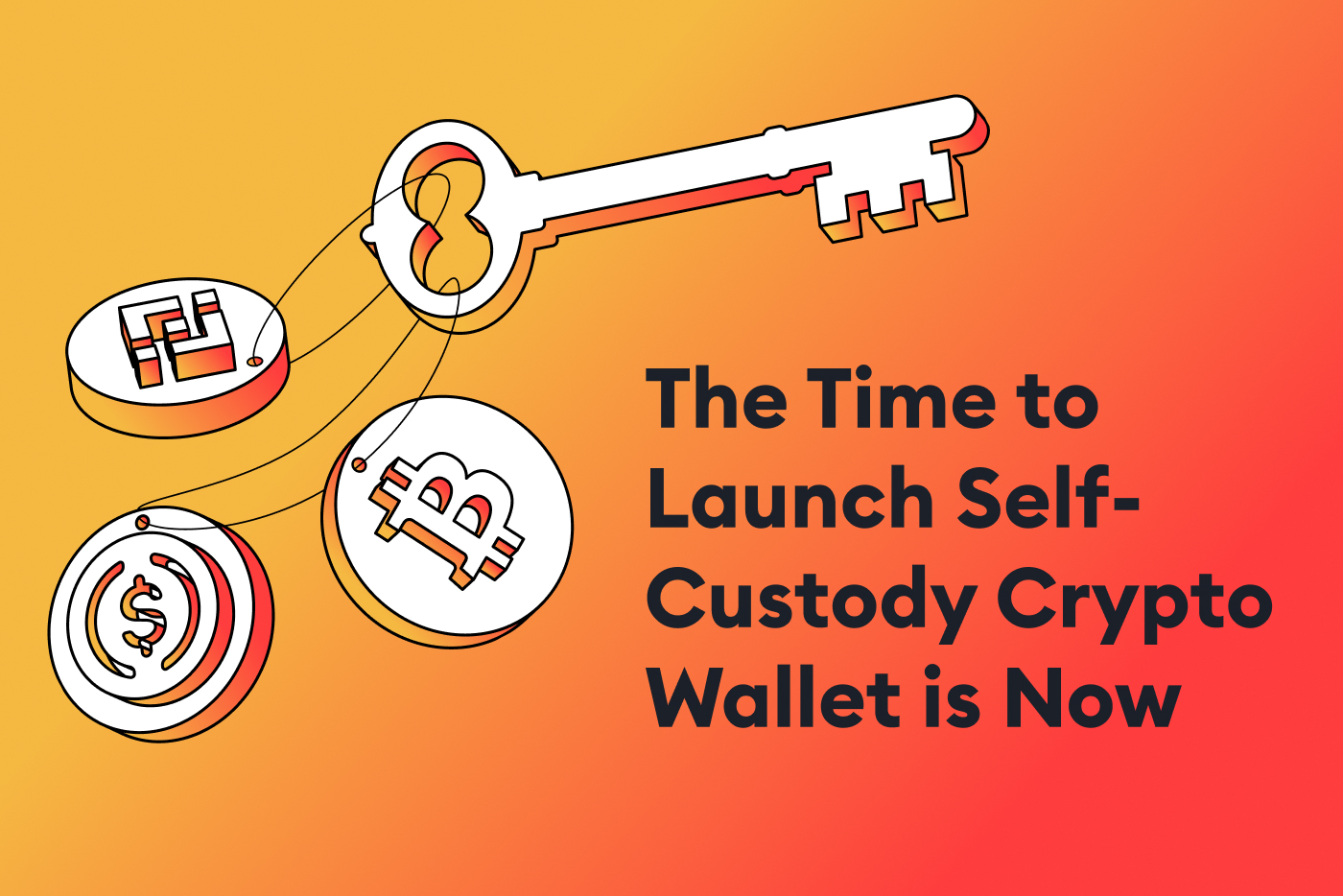
Introduction
The blockchain technology bears the potential to reinvent fundamentally practically every industry where it is applied in an intelligent way. In this post we will elaborate on the use of the technology by going over a number of examples. Each of them serves to emphasize that SCALABLE provides end-to-end solutions that can be utilized successfully within industries that are vital to the performance of the global economy.
Use Cases
The Venture Fund Industry
The Issue
The amount of funds raised by Venture Capital funds in 2018 was historic with 2019 not far behind, according to the 2020 Year Book of the National Venture Capital Association [1]. Raising money is no longer simply a domestic activity. Investors amass from all over the world and fund administrators are not equipped to scale to meet your needs.
Meanwhile, investors are always asking for better liquidity during a fund’s lock-up period. Before the creation of efficient and suitable distributed ledger technology (DLT), ensuring liquidity was next to impossible.
The Solution
Nowadays, companies like Andra Capital, through their token Silicon Valley Coin (SVC) allow the investment in leading late-stage technology companies as it represents ownership stake in the Andra Capital’s Fund portfolio. The proceeds from the sale of the token are invested in the companies of the fund, investors receive dividends equal to the percentage of tokens they hold in the fund, and the token can be traded on the open market.
Never before in the history of the capital markets has this ever been possible – to allow, en masse, to provide liquidity by investing in new private companies during their highest growth stage, and be granted the ability to speculate on whether they will be successful. All of this is made possible by the use of DLT as it enables:
- Enhanced liquidity;
- Accessibility;
- Increased transparency;
- Automated investor onboarding across the globe while following securities and other applicable regulations;
- The trading of the token on Alternative Trading Systems (ATSs) or Multilateral Trading Facilities (MTFs).
The Banking Industry
The Issue
Over the past decade, the investment banking industry profits have been battered by stricter regulatory regimes and the pressure to innovate by spending tens of billions of dollars on technology. Deutche Bank (DBK), for example, who have lost over 82% of their value over the past 5 years note in their 2019 Annual Report [2]:
“Cost reduction is an essential element of our transformation strategy. We aim to reduce our adjusted costs to € 17 billion in 2022 while continuing to invest in technology and strong controls.”
For the same period of time Goldman Sachs (GS) lost ~19%, Morgan Stanley (MS) lost ~6.2%, Wells Fargo (WFC) lost about 44% of their value and the Dow Jones U.S. Banks Index fell to an over 5-year low after the recent market collapse. The banking industry is in a multi-year decline, while spending on technology and compliance continues to rise. Creating the bank of the future requires automation and new financial products.
Distributed Ledger Technology
DLT has been gaining grounds not only in the fund industry but also globally.
Stablecoins
An October 2019 Bank of International Settlements report [3] recognizes the importance of stablecoins (digital tokens that represent 1:1 the value of a fiat currency such as the U.S. Dollar). BIS notes that:
- “Stablecoin initiatives have highlighted shortcomings in cross-border payments and access to transaction accounts.
- …stablecoin arrangements may increase efficiency of payments… “
In this light, a number of companies have already issued their own stablecoins including JP Morgan [4], Gemini Exchange, and a number of companies have collaborated (Barclays, BNY Mellon, CIBC, Commerzbank, Credit Suisse, ING, KBC Group, Lloyds, MUFG, Nasdaq, Santander, SMBC, State Street, UBS,Commerzbank, KBC, ING, Lloyds, Nasdaq, and Santander) to create the Utility Settlement Coin (USC) [5].
Real Estate Tokenization
Real estate tokenization, similar to securitization of assets for the purpose of dividing it into shares, is done to provide investors from all over the world with access to mortgage portfolios anywhere. Similar to the case of the fund industry, one may create a token for part of a single real estate or a token for a portfolio of real estate assets. These real estate tokens are then tradeable on exchanges or ATS. In this way the underlying asset becomes much more liquid as it is accessible to a wider range of investor groups – effectively creating a new asset class.
Only accredited and institutional investors had frictionless access to real estate investing before tokenization was possible. Although investors can buy and sell real estate investment trusts (REITs), however they have high minimum buy and often represent a huge portfolio of companies rather than a single property or a new project.
Real estate tokenization eliminates intermediaries, making it easier and more affordable for investors to trade real estate and for owners and developers to raise capital. Investors can trade tokens almost instantly and for a very low fee (similar to stock market trades).
Startups
Recent Development
In 2019 $888 billion was raised across 1,064 private equity firms – the most private capital ever raised in a year according to 2019’s Private Fund Strategies Report from PitchBook [6].
Startups are raising more and more capital from private markets leading to frictions between early investors and employees seeking liquidity on their shares. When they try to liquidate their shares, they must deal with attorneys managing the company’s first right of refusal on prior employees shares is a job in and of itself. Meanwhile, raising capital from traditional investors is a unique way to scale a business much more quickly.
How can one align investor incentives with customer needs?
The Solution
Tokenization of one’s company equity gives investors and employees liquidity after shares are vested. With DLT it is possible to sell equity on one’s website directly to customers and other key stakeholders. In this way business owners can skip investment banks and list their tokens for trading 24/7/365 trading to an ATS like OpenFinance or SharesPost.
The benefits of tokenizing private equity can be summarized as follows:
- Global Market Reach. Attracting a new breed of investor through the global nature of DLT. However, when security tokens are issued, they should be distributed only to eligible investors. The onchain representation of the securities must be permissioned tokens in order to apply compliance during transfers.
- Automated Servicing. Dividend payments can be set up automatically and all types of corporate actions can be executed from the platform. In other words, issuers can benefit from easily managing operations such as corporate actions and reporting and in turn increase transparency and operational effectiveness.
- Compliance Assurance. Legal requirements are embedded via smart-contracts in order to ensure that only eligible parties can participate. The issued tokens are in many jurisdictions considered securities or representation thereof. As such, securities laws and regulations apply. Using blockchain global compliance is ensured both during the issuance and throughout the lifecycle of the financial instruments.
- Near Instant Transferability. The blockchain technology enables settlement after trading to be reduced to near real-time. For investors, this means that these assets can be transferred seamlessly at low cost and with compliance automatically enforced.
- Custody. These tokenized securities are centralized financial instruments utilizing a decentralized infrastructure design. This means that the issuers have full control at any point in time to their token supply, while investors may never lose their access to the tokens even if they no longer can access their wallets. In other words, the custodial fees for issues and investors are next to nil.
Mutual Funds & ETFs
The Opportunity
According to PWC’s 2019 Mutual Fund Outlook [7], mutual funds should focus on strategic positioning, providing value for money, and implementing integrated data-driven technology platforms. The reason for this is that assets under management (AUM) are growing however the industry is moving towards passive management, with 50% of AUM expected to be passively managed by 2025 (up from 36% in 2018). In their 2020 Asset Management report [8] they note:
“…traditional active management will grow at a less rapid pace than passive and alternative strategies, and the overall proportion of actively managed traditional assets under management will shrink.”
By 2025, PWC “expects the front, middle, and back-office to be replaced by a single, ‘integrated platform’ that has been transformed by technology” like blockchain, artificial intelligence (AI), and process automation. These technologies are going to “handle most data maintenance and reporting requirements from counterparty exposure reporting to fund administration.”
The Solution
Similar to the venture fund and the startup fundraising industries, mutual funds and ETFs would benefit from the use of blockchain much in the same way – by the creation of new financial instruments, instant transferability, custody, compliance and servicing automation, and broader investor reach. A transfer agent is used to automate investor onboarding, while managing transfers and trades of security tokens issued using DLT.
Financial Institutions
During the boom of the digital assets space of 2017 over $1.2 billion was raised which was accompanied by skyrocketing Bitcoin prices. Contemporary financial institutions such as trading venues, brokers, and custodians must utilize technology that reaches investors on a global scale. According to a 2019 PWC’s Global Crypto M&A and Fundraising [9] report the investments and M&A deals in digital assets and blockchain infrastructure companies exceeded $1.7 billion between 2018 and 2019 H1.
According to the report and recent market events we have observed, financial institutions invest in exchanges, brokerage technology, primary market infrastructure, order routing technology, compliance tools, and custody solutions (e.g. wallets). All of these investments were made with focus on integrating blockchain technology in existing systems or building a new solution from the ground up utilizing solely DLT.
References
[1] https://nvca.org/wp-content/uploads/2020/03/NVCA-2020-Yearbook.pdf
[2] https://www.db.com/ir/en/download/Deutsche_Bank_Annual_Report_2019.pdf
[3] https://www.bis.org/cpmi/publ/d187.pdf
[4] https://www.jpmorgan.com/global/news/digital-coin-payments
[5] https://www.ledgerinsights.com/utility-settlement-coin-funding-nasdaq-joins/
[6] https://pitchbook.com/news/reports/2019-annual-private-fund-strategies-report
[9] https://www.pwc.com/gx/en/financial-services/pdf/pwc-global-crypto-deals-h1-2019.pdf

